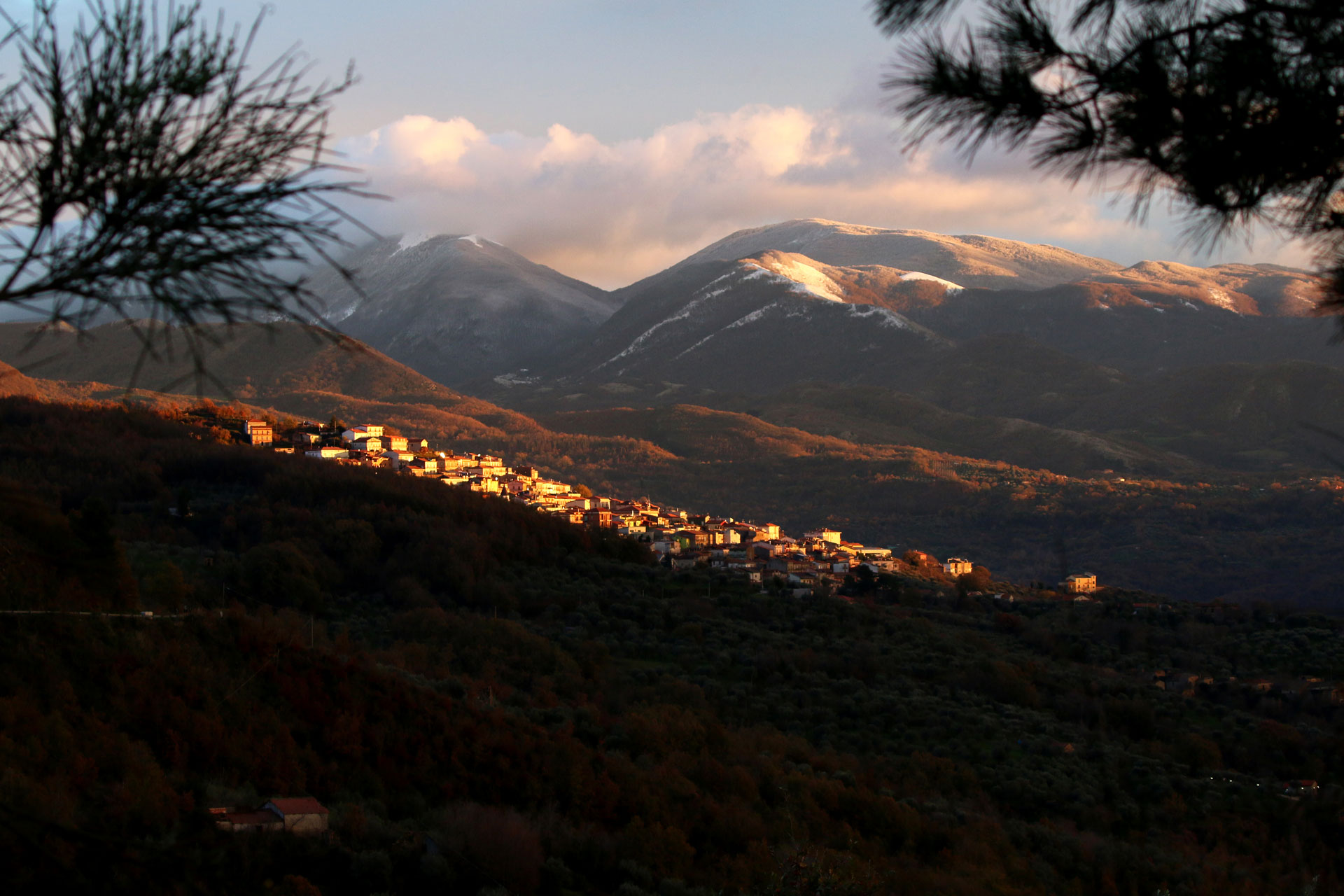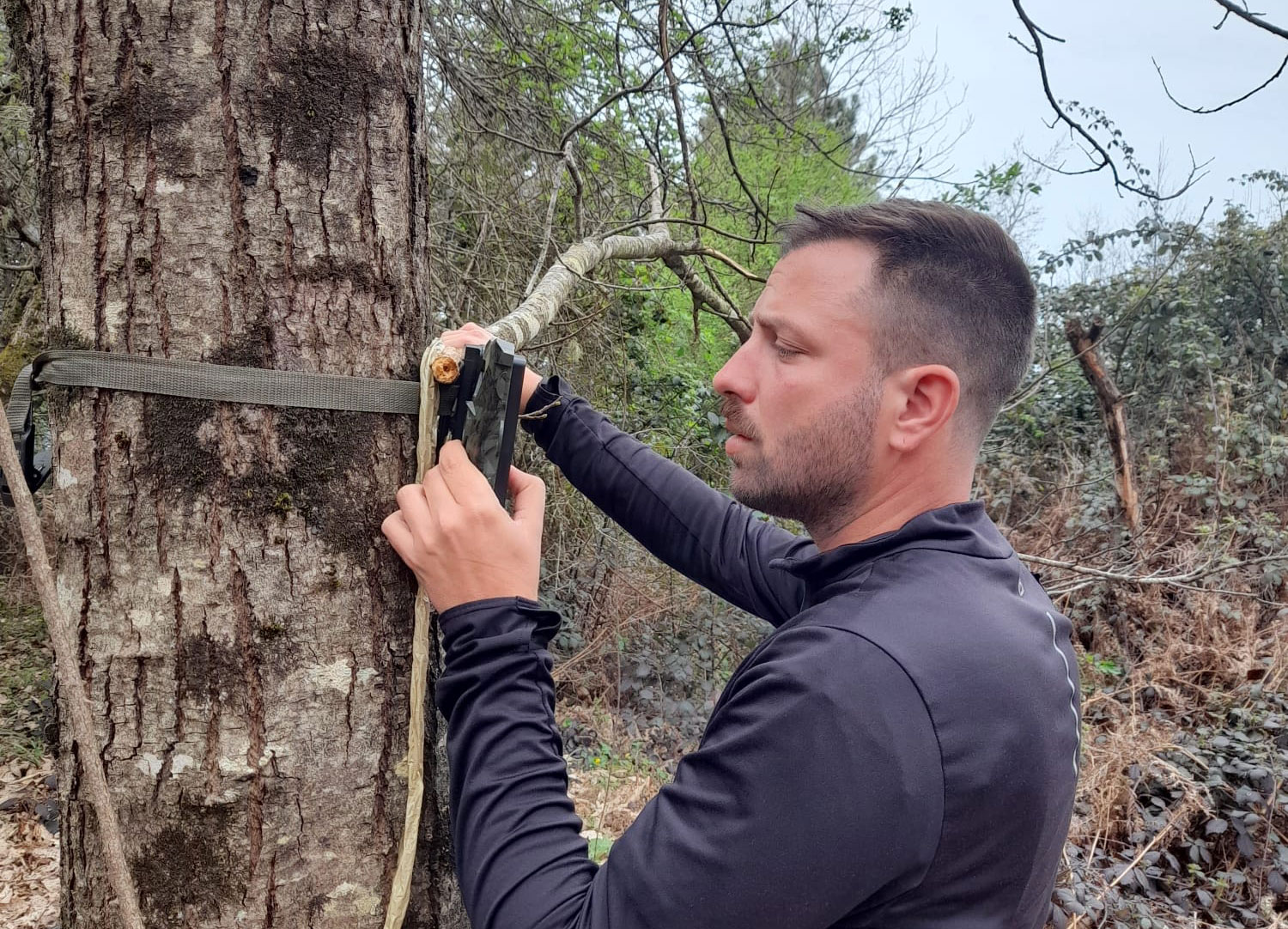As you now know, Kayla Nature has been involved in monitoring the Italian Wolf (Canis lupus italicus) within the Cilento, Vallo di Diano and Alburni National Park (PNCVDA), Campania region – Southern Italy, since October 2020. Our team has studied the species in this territory in the context of various projects which led us to delve deeper into its social dynamics and distribution within the area.
Although the population of Wolves is increasing, both nationally and locally, the species is still threatened by various factors that risk undermining the conservation successes of recent years. Among these threats, poaching is probably one of the most radicalized and difficult forms of conflict between humans and animals.

Right inside the PNCVDA, at the end of 2023, the teams of the Carabinieri “Park” Units of Vallo della Lucania and Sessa Cilento recovered a young specimen of male Wolf that had fallen victim to a steel trap used by poachers. The Wolf, which injured its paws in an attempt to free itself, was in critical condition and, after being rescued and transported to the veterinary ASL of Vallo della Lucania, was entrusted to the care of the CRAS staff of Naples.
Here, after a few weeks of guarded prognosis, the animal recovered completely and its return to freedom was therefore organised!
Thanks to the collaboration with the technicians of the Majella National Park, the animal was equipped with a radio collar that allowed it to be followed digitally and to know its spatial behavior in the release area to be studied. Would he rejoin his former pack? Would he venture out in search of new territory? These were some of the questions that were sought answers to.
The zoologists of Kayla Nature was therefore enthusiastic when the Park decided to entrust them with the task of combining satellite data collection with an old technique we know about: camera trapping! In fact, if the radio collar is a very useful tool for following the movements of an animal, this does not allow the collection of information such as the state of health or, obviously, the presence of other animals not equipped with a collar.
Immediately after the Wolf’s release into the wild, therefore, our team set up some camera trapping stations near sites that could potentially be used by the Wolf during its movements. It was a question of anticipating the animal’s moves given that, obviously, the data transmitted by the radio collar allows us to know its position only after the animal has passed. Furthermore, given the enormous extension of the Park, the objective promised to be particularly difficult. It was like looking for a needle in a haystack.

After about six weeks of unsuccessfull searches, during which the Wolf had wandered around different areas of the Park, his movements decreased radically, leading to the hypothesis that he had found an area suitable for his needs and had chosen it as his territory. This therefore allowed us to concentrate research efforts in a more limited area, increasing the chances of “capture”.
And, in fact, during one of the periodic checks to replace the batteries, we discovered with immense joy that one of our camera traps had recorded unmistakable images of the Wolf in which the radio collar was clearly visible (this served to exclude 100% that it could be a another individual). The animal appears to be in good health and, above all, is accompanied by another Wolf, probably a female, which reinforces the theory according to which the Wolf has chosen a new territory which will be able – with a bit of luck – to see it grow and reproduce. Ad maiora!
